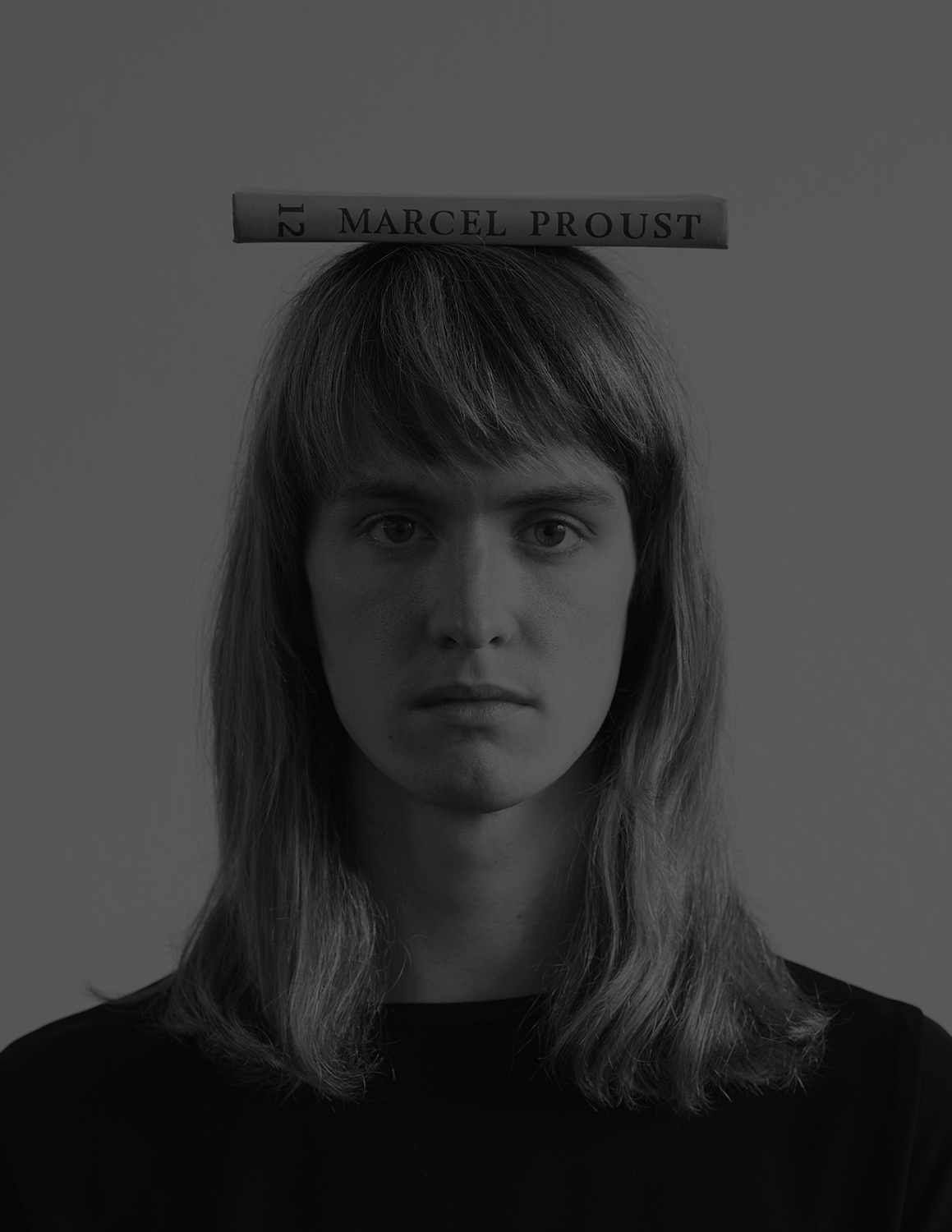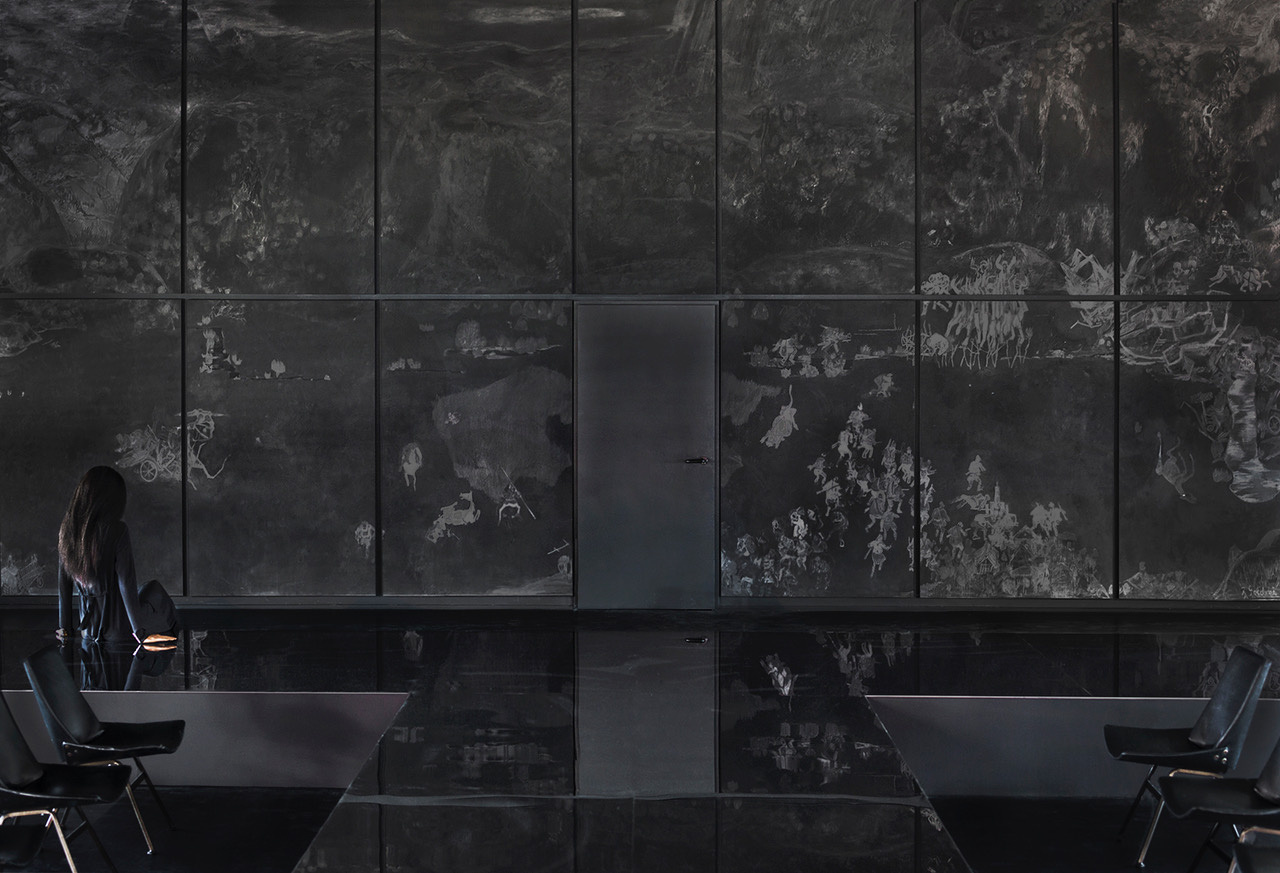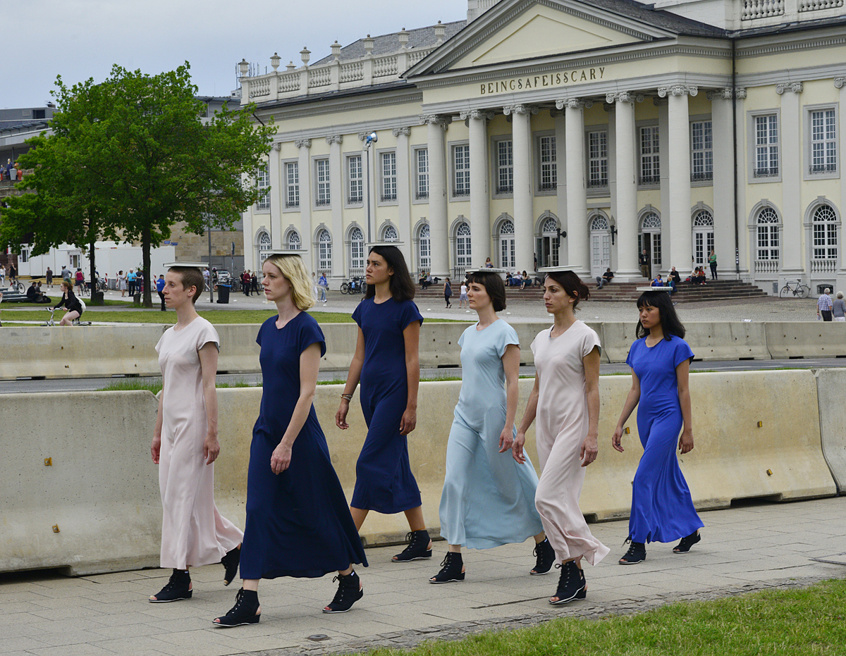On January 14, 2015, Irena Haiduk met with her Serbian compatriot Srđa Popović at Harvard University. This former leader of the Otpor! student movement, which helped depose Slobodan Milošević in 2000, now heads the consultancy Canvas (Center for Applied Non-Violent Action and Strategies), founded in 2003. The artist, born in Belgrade in 1982, walked the consultant from Harvard’s Kennedy School of Government, where Popović lectures, to the Carpenter Center, where the university’s art department is housed. There they spoke, gradually establishing a correspondence between consultancy and (Western) art. The interview was recorded, transcribed, edited, and rerecorded with two female voices that masked the interlocutors’ (Eastern European) accents. The resulting sound work, to be heard in darkness, became the centerpiece of Seductive Exacting Realism (SER) (2015). And like all true realism, this art shaped reality. Thereafter, Haiduk knew if she was to incorporate it was best done in the U.S., where corporations are people.
About nine months later, Yugoexport was born. Blind, non-aligned, and modeled after the self-managed factories and experimental clubs of the former Yugoslavia, she is alive and growing. As part of this process of incorporation, existing works by Haiduk take on new dimensions. Two such works bookend the presence of Yugoexport at documenta 14: Nine Hour Delay begins in Athens and spreads to Kassel, where the aforementioned SER is installed. Nine Hour Delay (dated 2012–58) defers the disappearance of Yugoslavia by putting the Yugoslav Borovo factory in Vukovar (now Croatia) to work to produce enough black Borosana shoes to outfit the entire female workforce of the bi-located exhibition. Shoes with superior arch support, developed by Borovo’s own women workers over the course of nine years to guarantee nine hours of comfortable standing labor, demonstrate Yugoexport’s founding motto: “How to surround yourself with things in the right way.”
The story of this oral corporation shadows the territory of the Via Militaris, an army and trade route dating back to 33 AD and snaking through Thracia, Dacia, and Macedonia, from Constantinople to Singidunum, now Belgrade. En route, through the use of remaining Yugoslav infrastructure and of talents that hark back to the time before nations, things are being made for an army of beautiful women. They move with poise and comfort. Cities they cross become catwalks and assembly lines. And there are also lines etched into marble and spoken with the precision of Siri to guide the way. Forward to the ancient definition of heroism: the equivalence of word and deed.
—Monika Szewczyk







